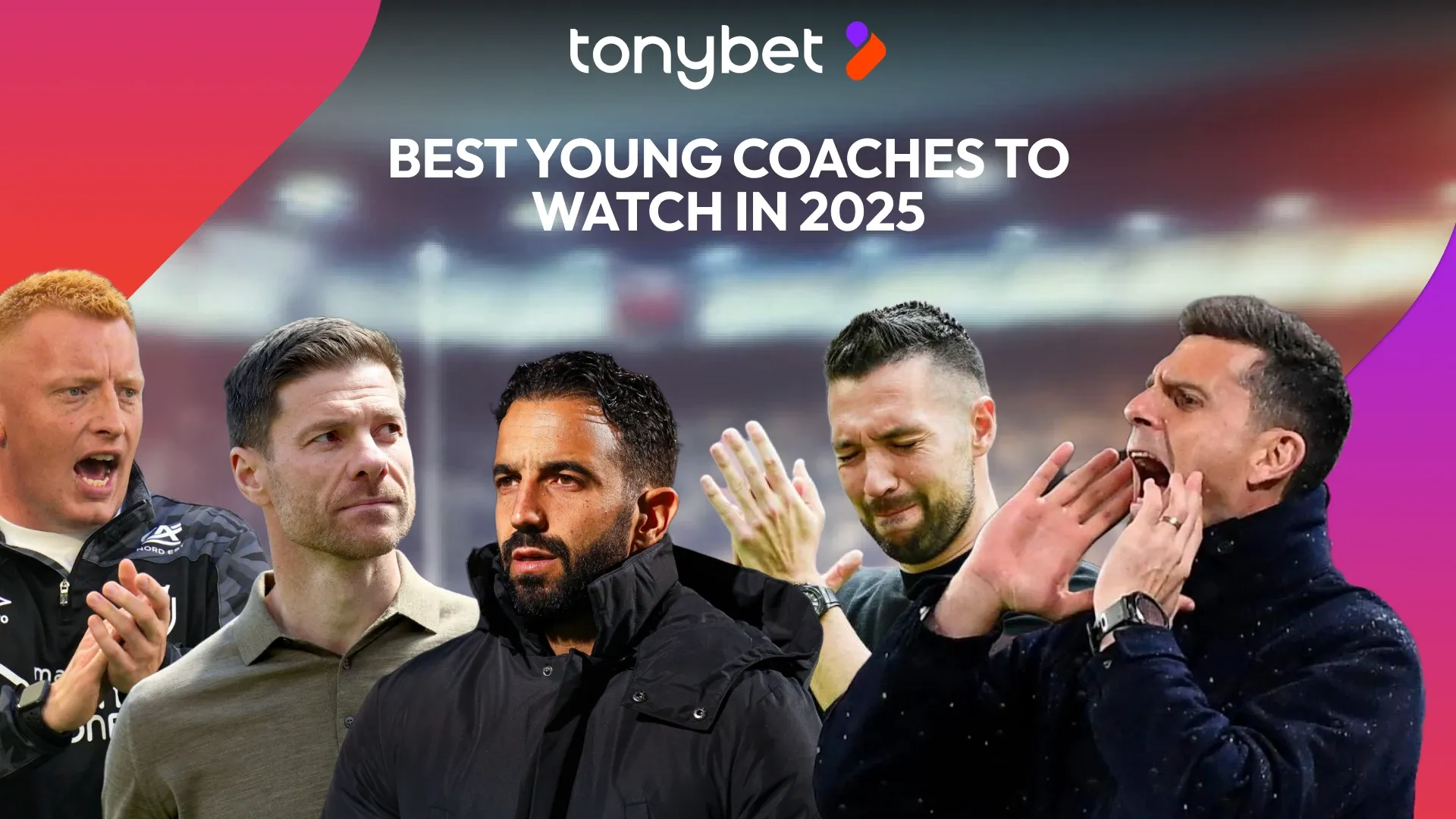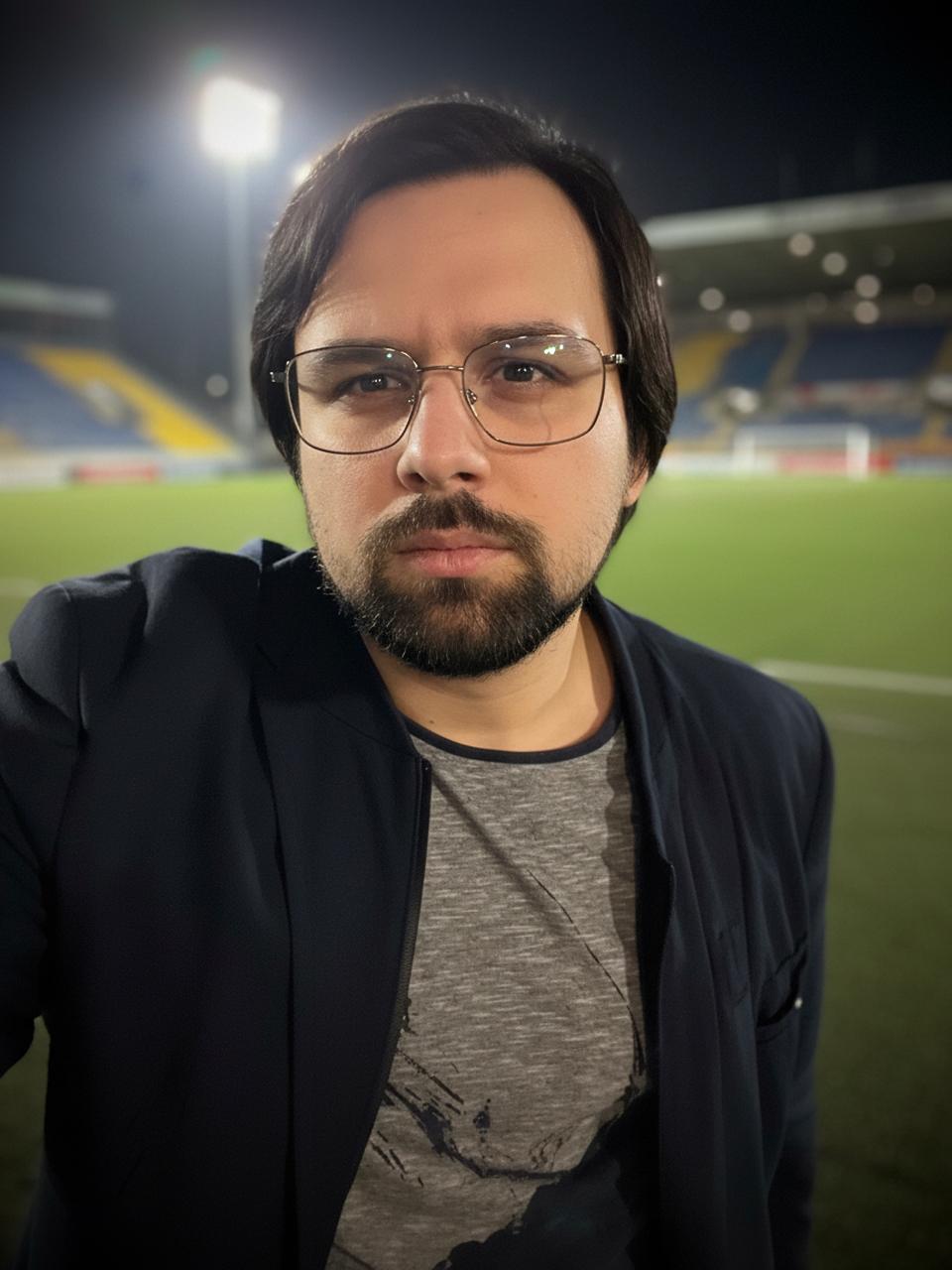Young managers are transforming the way top clubs train, recruit, and perform under pressure. Some are already leading giants. Others have just earned bigger jobs after early breakthrough runs. Analysts tracking these young coaches can spot shifts in tactical identity and squad development long before results are fully reflected on the pitch.
This guide focuses on five coaches to watch in 2025, then looks at which leagues push youth on the touchline, and what traits distinguish the next generation.
Top 5 Young Coaches to Watch in 2025
Below are five names you’ll see in markets, previews, and futures talk. The list mixes current roles and recent moves.
Will Still (Southampton)
Will Still confirmed he wouldn’t continue as Lens coach after closing the 2024/25 Ligue 1 season with a home win. He had guided the team to a top-half finish and drawn attention across Europe. In June 2025, he accepted the Southampton job, becoming the youngest head coach in England’s second tier.
Data-driven, tactically flexible mid-match, Still emphasises pressing triggers that flow into rapid transitions. His sides often show resilience and clear in-game communication, even when dealing with roster gaps. Clubs courting him see potential for building a defined identity around pressing and vertical play.
Key points about Still:
- Early-career rise built on video and analytics work; flexible tactics, not stuck in one formation.
- Comfortable delegating set-piece detail to staff.
- Media exposure from his unusual path (including the well-known licensing fines period) makes him one of the most searched young football coaches.
Use these points to gauge how rapidly club hierarchies might react if bigger vacancies open, and Still starts well at Southampton.
When a coach enters a new league, watch the preseason friendlies and the first month of competitive fixtures: early shape consistency and squad adaptation speed reveal how well his ideas translate.
Rúben Amorim (Manchester United)
The Manchester United coach took over in late 2024 and immediately faced pressure points: squad churn, budget tension, and a near-miss in Europe. The club leadership has publicly backed him despite his team’s loss in the Europa League final. He has said that he’ll only stay if both the board and the fans support the project.
Amorim teams favour coordinated pressing lanes when fitness levels are high. When depth drops, line spacing loosens and defensive coverage gaps appear – an issue that United addressed with staggered conditioning plans in summer 2025.
Snapshot of key traits:
- Uses a back three/five to handle strong wide threats and shifts to a back four for more ball progression.
- High-intensity phases demand stamina; late-game drop-offs affect overs.
- Locker room buy-in is still forming; the leadership burden is heavy at a club used to famous soccer coaches and constant scrutiny.
The biggest test of Amorim’s blueprint is whether United can maintain compact pressing beyond the 70-minute mark. You can judge the team’s success by tracking injury reports, rotation choices, and spacing between lines.
Francesco Farioli (Porto)
The former Ajax coach informed the club he would step away after a turbulent year. On 6 July 2025, Porto appointed Farioli as head coach, ending his one-year Ajax spell that had stalled amid strategic disagreements.
Why he still matters: Farioli is part of a growing generation of system teachers who blend goalkeeper-led build-up play, short passing through midfield, and aggressive rest-defence spacing. Porto’s quick wingers and technical sixes suit his ball-dominant approach, so analysts expect early spikes in possession share and controlled shot creation.
Tactical levers and risks:
- Emphasis on controlled transition defence; wide fullbacks need recovery speed.
- Demands high tactical awareness in young squads; early performance can lag until coordination hits.
- Observers sometimes overrate aesthetic passing sequences; underlying chance-quality metrics remain the best way to judge progress during the first half-season.
Tracking expected-goal prevention on the counter will tell you whether Porto’s rest-defence is keeping pace with Farioli’s expansive build-ups.
Thiago Motta (formerly of Juventus)
The Juventus coach role changed in March 2025 when the club relieved Thiago Motta of his duties after a stretch of disappointing results. Igor Tudor stepped in on a caretaker basis, ending Motta’s brief Turin spell.
Motta teams try to connect short central lanes, then spring vertical runners. When execution falters, turnovers in Zone 14 expose the back line. His Juve stint underlined how little patience top clubs can show when Champions League targets wobble.
Checklist for his next stop:
- Seek board support to establish a foundation for positional play.
- Check defensive duels’ win rates in midfield; his setups rely on early ball recovery.
- Track player adaptation curve; if the roster lacks adaptability, expect volatility in match odds.
Apply this checklist when rumours link him to a new club to forecast how long it may take before his 2-3-5 possession skeleton produces results.
Xabi Alonso (Real Madrid)
Xabi Alonso moved from Leverkusen to become Real Madrid’s coach on a multi-year deal in the summer of 2025, replacing Carlo Ancelotti. Madrid called him one of the club’s greats and highlighted his trophy record as a player and the league title he delivered in Germany.
Alonso favours clear build structures, tight spacing between lines, and patient central overloads that trigger wide switches. At Madrid, he inherits elite talent but also sky-high pressure. Market perception will likely price this as one of the best soccer coaching projects in the world. With a packed schedule ahead, Alonso is expected to implement heavy rotation to maintain high intensity and reduce fatigue-driven errors.
Three traits shaping Alonso’s start:
- History of flexible mid-block into high-press triggers.
- Uses rotations to keep legs fresh.
- Follows a lineage of legendary Madrid coaches; expectations and media focus will be relentless, amplifying any brief dip in form.
Watch how well rhythm players like Valverde or Bellingham sustain press-and-possession ability under Alonso’s rotation matrix – it will define their ceiling in May.
Which Leagues Are Promoting the Most Young Coaches?
Age isn’t everything, but trends matter. Some leagues provide emerging managers with earlier exposure, while others rely on veterans.
Bundesliga – A Breeding Ground for Young Minds
Germany has long handed big jobs to coaches in their 30s. Historical records show that very young head coaches have had debuts and achieved title wins, underlining a culture that is open to innovation. Recent summers again featured under-40 appointments, most notably at Bayern and Dortmund.
Bundesliga tactical bullets:
- Clubs invest in coaching education pathways; tactical innovation appears fast in metrics.
- Younger benches result in higher tactical volatility from month to month – watch for formation shifts.
- Player development is linked to academy systems; prospect growth can elevate mid-table sides beyond preseason expectations.
Combine these traits, and you get a league where pressing-intensity metrics can swing dramatically before the winter break.
Ligue 1 – Tactical Labs and Opportunity
French clubs often sell their talent early, forcing constant transition and creating room for emerging managers. League round-ups ahead of the 2024/25 season highlighted turnover (De Zerbi to Marseille among the notable signposts) and a landscape where youth development data tools are moving mainstream.
Ligue 1 tactical bullets:
- Rapid squad change = varying chemistry early in the season.
- High reliance on youth results in performance swings tied to confidence and exposure to big-match pressure.
- Selling window moves can flip expectations after the winter break.
Look at under-23 minutes played as a proxy for variance: higher youth exposure usually precedes greater points-per-game volatility.
Premier League – Still a Tough Proving Ground
England’s top flight now shows more new faces, yet the bar stays high. Official league listings show a mix: long-tenure names (Pep) alongside newer hires (Fabian Hürzeler, Enzo Maresca, Ruben Amorim at United). Media reviews of the 2024/25 campaign highlighted how scrutiny and budget pressure can test even the brightest young minds.
Premier League tactical bullets:
- Media narratives react quickly to results; coaching messages must stay consistent under the spotlight.
- Fixture congestion magnifies rotation skill; track who balances domestic and European loads best.
- Style shifts under new managers can transform chance-creation numbers within a matter of a few games.
Expect the steepest learning curves from managers tasked with integrating mid-season January arrivals under intense media scrutiny.
What Makes a Great Young Coach in Modern Soccer?
Use the checklist below to evaluate whether an emerging manager can sustain performance, attract talent, and meet expectations. These traits also feed long-range projections (outrights, top-four, relegation escape).
Tactical Innovation
Look for clear match plans that evolve according to the opponent. Young staff who review video, lean on analytics, and redefine pressing triggers mid-season often outpace books early.
Quick checklist:
- A defined family of formations – not one rigid setup.
- Structured build, coupled with emergency clearance habits under pressure.
- Compactness between lines to cut passing lanes.
- Measured marking rules that shift when the tempo spikes.
Run this when judging whether a project coach deserves an early vote of confidence.
Player Development Skills
A strong bridge between the academy and first team drives roster value and long-term results. Studies of the French model reveal blended pathways that transform raw talent into sellable assets, while league guides emphasize the constant promotion of youth to senior squads.
Development bullets:
- Individual role clarity supports the transition from youth to senior minutes.
- Early minutes for prospects build resilience and awareness.
- Load management plans protect growth curves across a long season.
Tracking the year-over-year increase in homegrown minutes can predict a club’s wage-bill efficiency two seasons ahead.
Adaptability and Data-Driven Thinking
Modern managers embrace tracking data, video cutups, and external research. FIFA and global bodies promote broader technical education to enhance standards worldwide.
Data bullets:
- Use of live performance feeds to adjust pressing height.
- Contingency planning for travel fatigue and climate variables.
- Willingness to dump favourite strategy when personnel shift.
Coaches who score highly here reduce the average time between conceding a goal and equalising by nearly 20%.
Conclusion
You don’t need a lineup of all-time greats to spot the next breakthrough boss. While rising names are often framed as the next best soccer coach or included in global lists of famous managers, real potential can be identified by focusing on the following signals: tactical identity, transitional control, adaptability, and how squads respond to pressure. If those foundations are solid, results tend to follow.
FAQ
Who is the youngest soccer coach in 2025?
Which young manager is most likely to win a trophy?
Are young coaches more successful in modern soccer?
What league gives young coaches the most opportunity?





 Borys Budianskyi
Borys Budianskyi